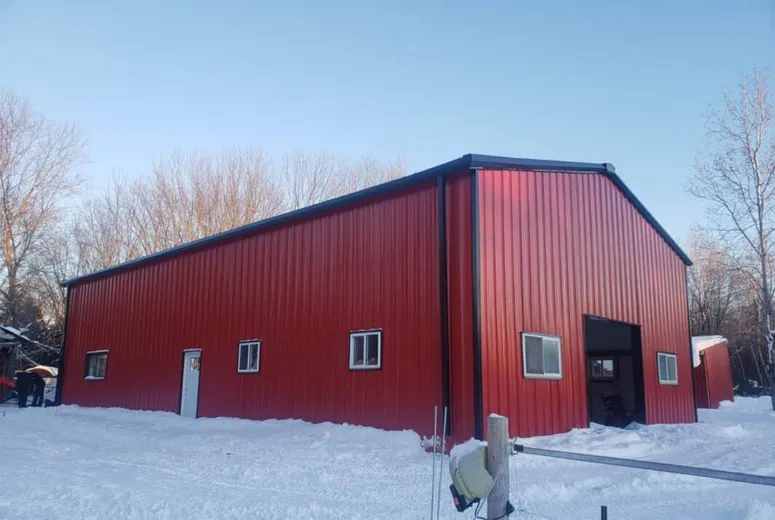- Afrikaans
- Albanian
- Amharic
- Arabic
- Armenian
- Azerbaijani
- Basque
- Belarusian
- Bengali
- Bosnian
- Bulgarian
- Catalan
- Cebuano
- Corsican
- Croatian
- Czech
- Danish
- Dutch
- English
- Esperanto
- Estonian
- Finnish
- French
- Frisian
- Galician
- Georgian
- German
- Greek
- Gujarati
- Haitian Creole
- hausa
- hawaiian
- Hebrew
- Hindi
- Miao
- Hungarian
- Icelandic
- igbo
- Indonesian
- irish
- Italian
- Japanese
- Javanese
- Kannada
- kazakh
- Khmer
- Rwandese
- Korean
- Kurdish
- Kyrgyz
- Lao
- Latin
- Latvian
- Lithuanian
- Luxembourgish
- Macedonian
- Malgashi
- Malay
- Malayalam
- Maltese
- Maori
- Marathi
- Mongolian
- Myanmar
- Nepali
- Norwegian
- Norwegian
- Occitan
- Pashto
- Persian
- Polish
- Portuguese
- Punjabi
- Romanian
- Russian
- Samoan
- Scottish Gaelic
- Serbian
- Sesotho
- Shona
- Sindhi
- Sinhala
- Slovak
- Slovenian
- Somali
- Spanish
- Sundanese
- Swahili
- Swedish
- Tagalog
- Tajik
- Tamil
- Tatar
- Telugu
- Thai
- Turkish
- Turkmen
- Ukrainian
- Urdu
- Uighur
- Uzbek
- Vietnamese
- Welsh
- Bantu
- Yiddish
- Yoruba
- Zulu
Oct . 12, 2024 05:44 Back to list
Understanding Steel Frame Cost per Square Meter
In the construction industry, the choice of materials significantly impacts both the initial investment and long-term durability of a structure. Among the various options available, steel has emerged as a popular choice for a multitude of building projects, from residential and commercial buildings to industrial warehouses. One key aspect that builders and developers need to consider is the cost associated with using steel frames, often expressed as the cost per square meter (m²). This article explores the factors influencing steel frame costs, the benefits of steel frames, and some considerations when planning a project.
Factors Influencing Steel Frame Costs
1. Material Prices The cost of raw steel is a fundamental factor that affects the overall price of steel frames. Fluctuations in the global steel market, affected by supply and demand, tariffs, and other economic factors, can lead to significant changes in costs. Consequently, builders must stay informed about market trends to predict potential price increases or decreases.
2. Design Complexity The architectural design of a project plays a crucial role in determining steel frame costs. Simple and standard designs generally incur lower costs than complex forms requiring specialized steel fabrication and additional labor. Custom designs may involve more intricate connections, specialized joints, and additional reinforcements, all contributing to rising costs per square meter.
3. Labor Costs Labor costs vary significantly depending on the region and the skill level required for installation. More remote areas may incur higher labor costs, impacting the overall expense of constructing a steel frame structure. It’s essential to factor labor rates into the cost per m², as skilled labor is often necessary for the safe and secure erection of steel frames.
4. Site Conditions The geographical location and existing site conditions also influence costs. Difficult terrain, environmental regulations, and pre-existing structures can add complexity to a project, requiring additional preparation work, equipment, and time, which can all increase the per square meter cost.
5. Coatings and Treatments Steel as a material is prone to corrosion; hence, protective coatings and treatments are necessary to enhance its lifespan. The cost of these treatments—such as galvanization, painting, or applying rust-resistant coatings—can significantly impact the total cost per square meter for a steel frame.
Benefits of Steel Frames
steel frame cost per m2

Despite the various factors affecting costs, steel frames offer several advantages that can make them a worthwhile investment in the long run
1. Durability and Strength Steel frames provide exceptional structural integrity and resistance to various environmental factors, such as high winds, earthquakes, and pests. This durability ensures that maintenance costs are minimized over time.
2. Speed of Construction Steel framing often allows for faster construction timelines compared to traditional materials like wood or concrete. Prefabricated steel components can be quickly assembled on-site, reducing labor hours and expediting project completion.
3. Versatility Steel can be molded into various shapes, making it suitable for a range of architectural designs. This flexibility allows designers to innovate and create aesthetically pleasing structures without compromising strength.
4. Sustainability Steel is 100% recyclable, making it an environmentally friendly choice. For developers keen on sustainable building practices, using steel can contribute to LEED certification and other green building standards.
Cost Considerations When Planning
When budgeting for a construction project that utilizes steel frames, it's essential to consider not just the initial cost per square meter but also the long-term implications. Potential savings in maintenance and operational costs should be evaluated against higher upfront expenses. Additionally, obtaining multiple quotations from suppliers and contractors can provide a clearer picture of the cost landscape.
In conclusion, while the costs associated with steel frames per square meter can vary significantly based on an array of factors, their advantages in strength, durability, and speed of construction often justify the investment. By carefully considering all aspects of the project, developers can optimize their use of steel frames for a successful construction outcome that meets both their budget and their building requirements. Understanding and planning for these costs is crucial for making informed decisions in any construction endeavor.
-
How Do Prefabricated Steel Structures Transform Modern Construction?
NewsJul.14,2025
-
How Do Prefabricated Metal Buildings Redefine Modern Construction?
NewsJul.14,2025
-
How Do Prefab Insulated Metal Buildings and Steel Structures Revolutionize Modern Construction?
NewsJul.14,2025
-
How Do Pre - Engineered Steel Structures Redefine Modern Construction?
NewsJul.14,2025
-
Advancing Modular Construction with Prefabricated Metal Structures
NewsJul.14,2025
-
Advancing Industrial Infrastructure with Prefabricated Steel Solutions
NewsJul.14,2025
Products categories
Our Latest News
We have a professional design team and an excellent production and construction team.












